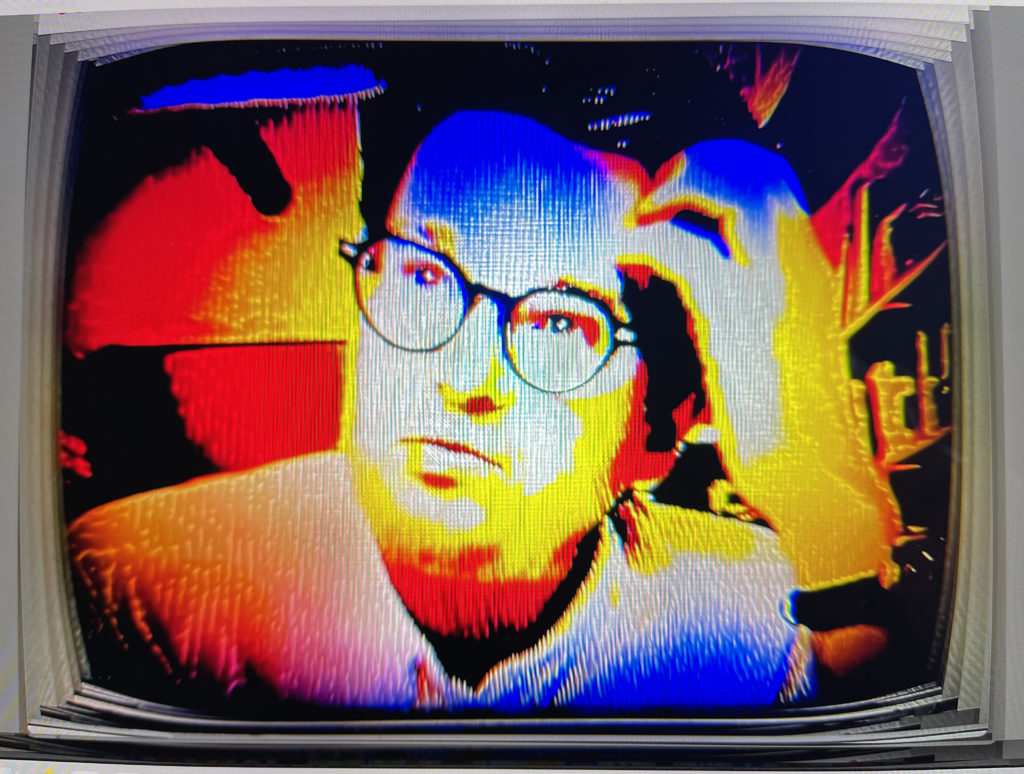Timotheus Vermeulen
Timotheus Vermeulen is a professor of media, culture and society at the University of Oslo, Norway. He is the co-founder of the now defunct webzine Notes on Metamodernism and a regular contributor to frieze. His research and teaching are primarily in the disciplines of ‘screen studies’ and ‘critical and cultural theory’, but he also frequently writes and talks about art.

Timotheus Vermeulen
Digital Image
2022
“If depthlessness was the “supreme formal feature” of late twentieth century art and culture, then it is safe to say that simulation, the copy without an original, was its theoretical equivalent.
Throughout the eighties and nineties especially, simulation was a recurrent trope in exhibitions, films, and philosophical seminars alike. One can think here indeed of the proliferation of Warhol, or of a blockbuster show like Endgame: Reference and Simulation in Recent Painting and Sculpture at the ICA in Boston in 1986, but also of Ruff’s early Portraits (1981–85), the photographs of Demand, the paintings of Sherrie Levine, the videos of Sturtevant, or Koons’s Rabbit, many of which developed scenarios whose veracity and origins were indiscernible. Even a mass-market film like The Truman Show (1999), which portrayed a man who unknowingly performs a part in a reality show, followed and expanded the simulation trend. Around this time, the philosophy of Jean Baudrillard ever more popularly convinced us that the real was an effect of the code. The Gulf War, he wrote to much controversy, did not happen. Baudrillard did not mean to say that there weren’t two parties warring, at the price of international stability, the environment, and human suffering. His argument was that each of these costs—financial, political, public relational, human, and ecological (presumably in that order)—had been calculated beforehand by computers, through insurance software and virtual game plays. When the war took place, therefore, it played out, both in reality and in its representation in the media, a script that had already been written. The point, for many of these artists, filmmakers, and thinkers, was to demonstrate that there was no reality, no truth, no authenticity outside of the image or the model—and no humanity inside it. To emphasize this, many works at the time—perhaps most memorably the film The Matrix (1999)—visually equated simulation with computers and algorithms and especially with digital codes—with ones and zeros, languages themselves no longer referring to any realities outside of them, the final stage in a history of depthlessness.
Many contemporary artists, however, re-territorialize these languages of simulation to suggest not the final stage in a history of depthlessness but the first one in another chronicle of depthiness. They jump from their surfboards into the water, a snorkeling mask in hand. They cannot swim deep, but they can perceive depth.”